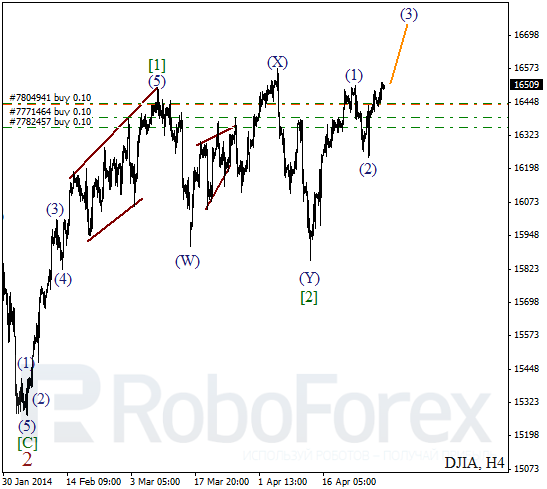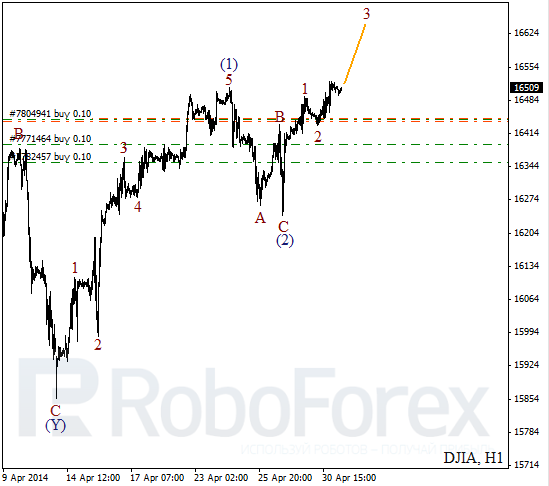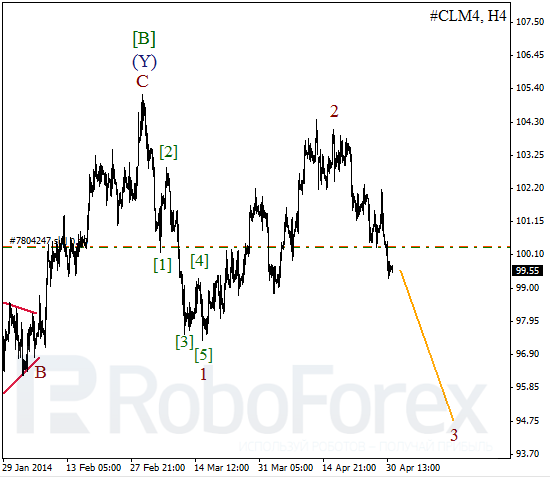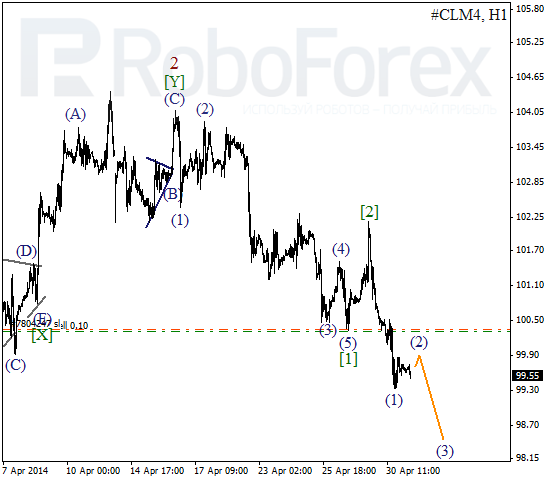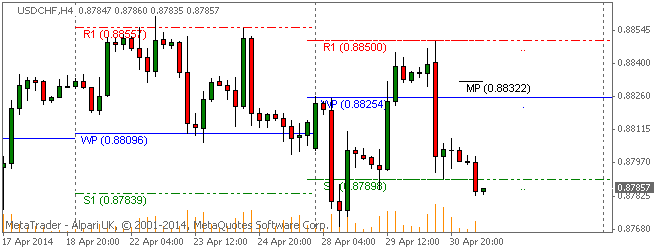By Dennis Miller, millersmoney.com
I was just a kid—barely wet behind the ears. At two minutes before midnight, the sergeant of the guard and I marched onto the runway tarmac. Following protocol, I formally relieved the previous guard of his post.
This was mid-July at the Marine Corps Air Station in Yuma, Arizona. For the next four hours, dressed in combat fatigues, I carried an (unloaded) M-1 rifle.
I was left with nothing but my own thoughts: it was hot, and I was glad I’d filled my canteen. I tapped my boot toe in the asphalt expansion strips and it splashed like mud.
My mentors were grizzled WWII and Korean War veterans eager to instill lessons and habits that might someday keep us young marines alive. Falling asleep on guard duty was subject to court-martial. During wartime, you could find yourself in front of a firing squad. A lot of people depend on the guard to do his job.
Fortunately, the only enemies I encountered were a few cockroach brigades—I stopped counting after eliminating over 300 or so. It’s too bad the Marine Corps doesn’t issue Truly Nolen weapons of mass destruction. That would have been much more efficient than the toe of my boot.
The lessons I learned on guard duty still hold up over half a century later. I regularly hear from loyal subscribers. I must admit, it feels wonderful when they write to thank us for a profitable recommendation. It also drives home the enormity of our responsibility—our subscribers are paying for our advice and investing right along with us. Just like my days as a young marine, I hope a lot of people are sleeping well while our team vigilantly stands guard.
As your guard, I have to warn that a storm may be approaching. I recently combed through my reading pile and selected a few of the most poignant warnings:
In “12,000 Stocks to Sell Now,” published in the February edition of The Casey Report, Terry Coxon warned that we should expect Federal Reserve tapering to have a negative effect on the market. Terry writes:
“By the current price/sales ratio, stocks look considerably more expensive. …
Stocks have been living on QE. What happens to them when QE runs out? …
The economy and the markets are in the hands of physicians who have decided to bleed the patient, but have only the roughest notion of how to tell when they have bled him enough. The therapy may or may not turn out to be deadly for the economy, but you should expect it to continue long enough to damage the stock market, because the governors of the Federal Reserve now have no option but to choose a lesser evil over a greater one.”
Andrew Huszar, former member of the Federal Reserve and former managing director at Morgan Stanley, echoed Terry’s thoughts in an interview for King World News. Huszar, who implemented QE1 for the Federal Reserve, said:
“The volatility in the markets will be a rollercoaster ride. If the Fed really sticks to its guns, I think we could see a 20% – 30% sell-off in the US (stock) market pretty easily in the course of a few months. …
But there is a larger issue, which is that… there are people within the Fed who have market experience, but these are not professional traders. And now the Fed has really expanded its involvement across the credit curve in the largest bond markets in the world.
That requires a level of expertise they don’t have. … So there is a real question as to whether the Fed really is qualified to be playing this role, and whether it is going to be able to manage exiting what is the most ambitious experiment in financial market history.”
Just how much of an experiment is Huszar talking about? The editors at Zero Hedge have an answer: In 2013 the Federal Reserve bought more of our debt in than all foreigners combined.

Zero Hedge followed that tidbit with a post that China sold $48 billion in US Treasuries in December 2013.
While Belgium came to the rescue in December, what happens if China continues its Treasury dump? Who will buy the debt? If and when no one is left raising his paddle, will the Federal Reserve continue its plan to taper?
China has been reducing its Treasury holdings for some time now… and buying gold. A quick scan of the chart below from the Wall Street Journal paints a sobering picture.

So I ask, what happens when the rest of the world decides holding gold is much better than holding US dollars?
For the most part, my family and friends consider me an upbeat, positive person. Nevertheless, I occasionally receive a note asking if I am a member of the “doom and gloom club.” My answer is: No! Frankly, I don’t like harping on about all of the things that could go wrong… But it’s part of “guard duty” to warn you of real threats.
How can we keep these threats in perspective? It took 25 years for the stock market to come back to its previous high after the crash of 1929. We all remember the Internet boom and bust years later: the NASDAQ closed at $5,046.86 on March 11, 2000; on October 9, 2002, it closed at $1,114.11, having lost 78% of its value. Then from 2007-2009, the stock market tumbled again. The S&P peaked in October 2007 at $1,565.15. It bottomed at $676.53 in March 2009.
For baby boomers, previous market booms and busts happened during their working careers—when they had time to recover—until now. 10,000 baby boomers will retire every day for the next 17 years. Boom and bust cycles take place all the time, and retiring does not create a blanket of immunity from these cycles. Actually, it exposes one to greater risk. There is no guarantee the economy will snap back within a few years after the next bust.
Our team takes these threats much more seriously than I did the cockroaches in the Arizona desert. The potential for catastrophe is far too great for us not to.
Simon Black has said, “There are two ways to sleep well at night, be ignorant or be prepared.” Preparation, however, is only step one. The Marine Corps takes it one step further: You can be well prepared; however, if you are asleep without sufficient warning, much of your preparation may go for naught. Vigilance adds security.
As you have read, the Miller’s Money Forever team takes guarding its subscribers’ portfolios very seriously. There’s nothing more important to our team than providing readers with direction on how to get real returns while mitigating risk. And we’ve done so successfully, with real returns that have safely provided real income for our subscribers. You, too, can employ our team in guarding your nest egg. And you can do it today for half the price. Act now to learn more about Miller’s Money Forever and our Bulletproof Income portfolio.

